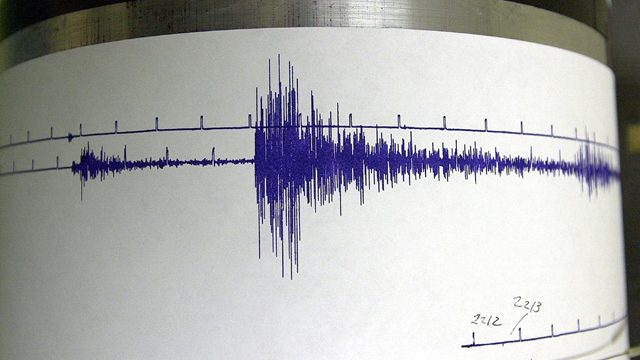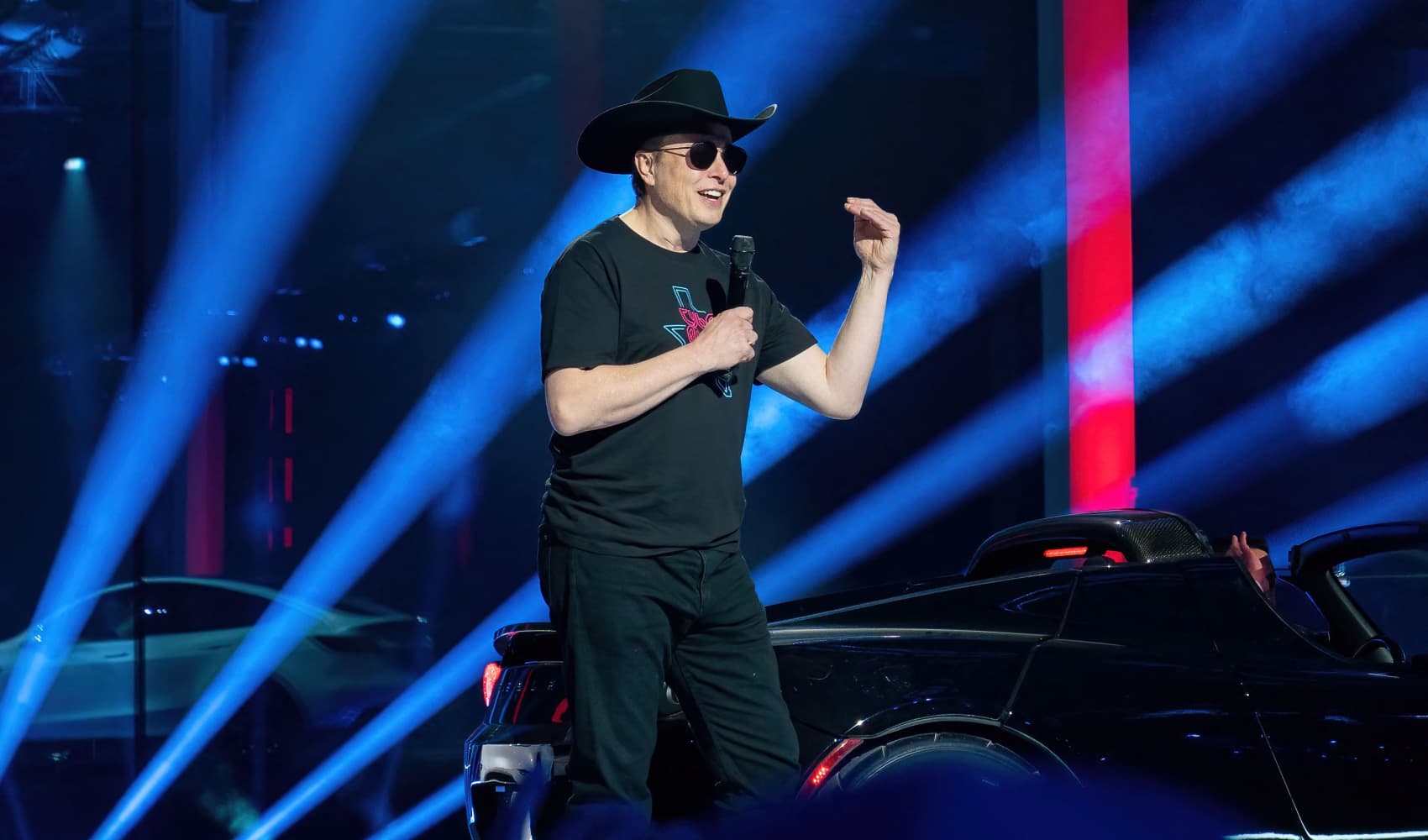An enormous aircraft designed to launch rockets into space from high altitude rolled out of its hangar this week at Mojave Air & Space Port in the desert northeast of Los Angeles for the first time.
The Stratolaunch will undergo initial tests that center on filling the giant's six fuel tanks. Engineers will make sure the tanks are properly sealed and that any related components are working properly. The Stratolaunch will then go back in the hangar for weight and balance tests before flight operations and the first launch demonstration, expected in 2019,
The striking 28-wheel behemoth of a plane is a project spearheaded by billionaire U.S. business magnate Paul G. Allen in 2011. The aircraft's wingspan is 385 feet, longer than any other aircraft and stretching beyond the length of an American football field.
By comparison, the double-decker Airbus A380's wings span 262 feet.
A few other numbers: Stratolaunch's dual fuselages measure 238 feet. It weighs 500,000 pounds and draws robust power from six engines used by Boeing 747s, making it capable of taking off at maximum weight of 1.3 million pounds.
Those immense dimensions add up to an aircraft designed to carry rockets to high altitude and launch them into space. As many as three rockets attached to the center wing between the fuselages could carry small satellites to low-Earth orbit.
So what's the advantage over fixed launch sites? Stratolaunch says those include the capability of using different airports to avoid the impacts of weather and air traffic.
Airborne launches date back a few decades. The best known is the X-15 program in the 1950s and 1960s when manned rocket planes were carried under the wings of a B-52 bomber, then released on hypersonic research flights.
In the 1990s, Orbital Sciences Corp. started releasing rockets from a converted L-1011 airliner to bring small satellites to space.
More recently, Allen, the Microsoft co-founder, funded development of the Burt Rutan-designed SpaceShipOne, the first privately developed manned spacecraft. Suspended between the twin-fuselages of a special jet, SpaceShipOne was carried to high altitude and released.
It reached space on three suborbital flights in 2004.
California
News from across California
The same launch concept is being used for SpaceShipTwo, the passenger-carrying craft being developed for Sir Richard Branson's Virgin Galactic space tourism enterprise. A spinoff, Virgin Orbit, is also developing an air launcher for putting small satellites into space.



